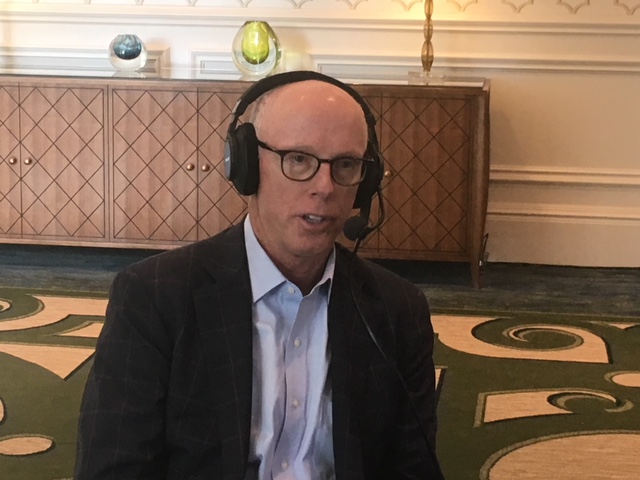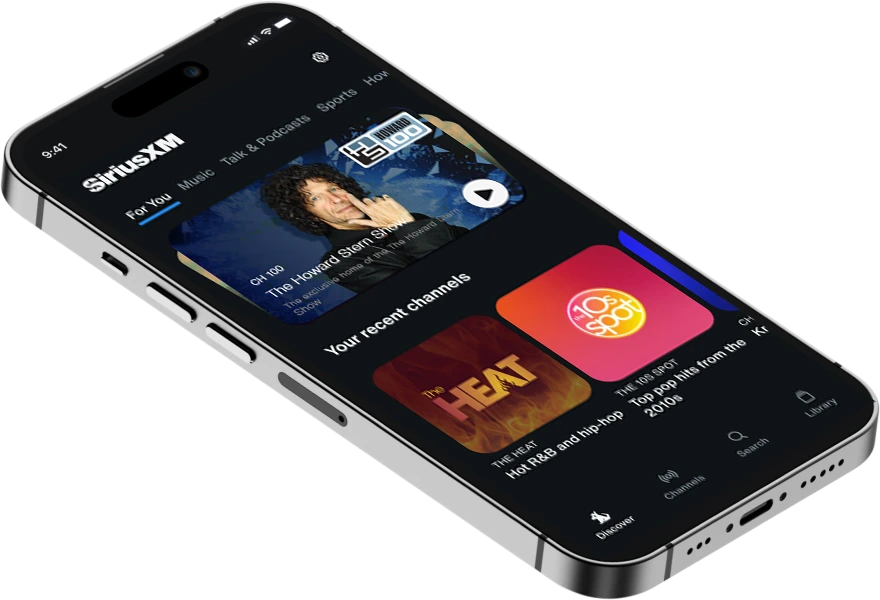Rich McKay: NFL needs to get helmet out of the game ‘by penalizing it’
In a surprise move, the NFL announced at its annual meeting in Orlando, Fla., a new rule that calls for a player to be penalized 15 yards and possibly ejected whenever he lowers his head to initiate and make contact with his helmet against an opponent.

The NFL has dropped the hammer on the helmet.
In a surprise move, the league announced at its annual meeting in Orlando, Fla., a new rule that calls for a player to be penalized 15 yards and possibly ejected whenever he lowers his head to initiate and make contact with his helmet against an opponent. This isn’t something that only applies to tacklers. Ball carriers and even linemen are also subject to the same punitive measures.
‘We’ve allowed, with people getting much more comfortable in their necks and their ability to deliver a blow, the helmet to get more a part of our game’
This is even stronger than the NCAA’s targeting rule, because that only penalizes players who hit opponents who are in a defenseless position.
“I think the helmet, by design, was a protective device,” Rich McKay, chairman of the NFL’s Competition Committee and president and CEO of the Atlanta Falcons, told Alex Marvez and Mark Dominick on Late Hits. “We’ve allowed, with people getting much more comfortable in their necks and their ability to deliver a blow, the helmet to get more a part of our game. This is a pretty substantial step backwards in saying, ‘Take it out of the game.’
‘It’s one of the most dangerous techniques there is, but yet we’ve allowed it to creep in and it’s now very prevalent’
“I think it was an interesting point made by a couple of the coaches in the room (Tuesday) who were the most vociferous: there’s never been a coach in the history of the game that taught lowering your head. Ever. Nobody’s ever said, ‘Hey, lower your head.’ I mean, it’s one of the most dangerous techniques there is, but yet we’ve allowed it to creep in and it’s now very prevalent. I think every coach said, ‘Hey, we’re not teaching this, but we need to get it out. And we’re not going to get it out by saying we’re going to teach it better. We need to get it out by penalizing it.'”
Not surprisingly, the rule has raised plenty of questions and created a great deal of buzz throughout the league.
‘We specifically saw that there’s a lot more helmet-to-helmet concussions’
“It’s a substantial change for us,” McKay said. “In my years on the committee and in the league, we’ve done everything we could to situationally protect players — players that were in a dangerous posture, players that weren’t able to protect themselves. And we’ve done some really good things, because you’ve seen techniques change, you’ve seen people lower their targets. They don’t go to the head. I think what we did this year is we spent a lot of time looking at the last three years of injury data. We specifically saw that there’s a lot more helmet-to-helmet concussions. And then we saw on the tape a very consistent pattern that what’s creating this is the dangerous action by a player, which is lowering their head, creating a different spine angle and delivering a blow.
“The blow is equally as dangerous to the person delivering it as the person it gets delivered to. And so we basically said, ‘You know, when you look at this, we need to get out of situational protection. We need to protect all players at all times and say that technique is not allowed.’ So if you lower your head to initiate contact and you initiate, that’s a foul. If it’s a defensive mechanism and you’re down in a crouch position, you’re not attempting to initiate contact, you’re not delivering a blow. We went back and met with the NCAA, they went back to their notes and in the 1940s when the helmet was coming in, there were people said, ‘We’re nervous about the helmet, we’re nervous about what this may lead to.’ It’s interesting that we’re still talking about that now.”

Music, Sports, News and more
All in one place on the SiriusXM app


